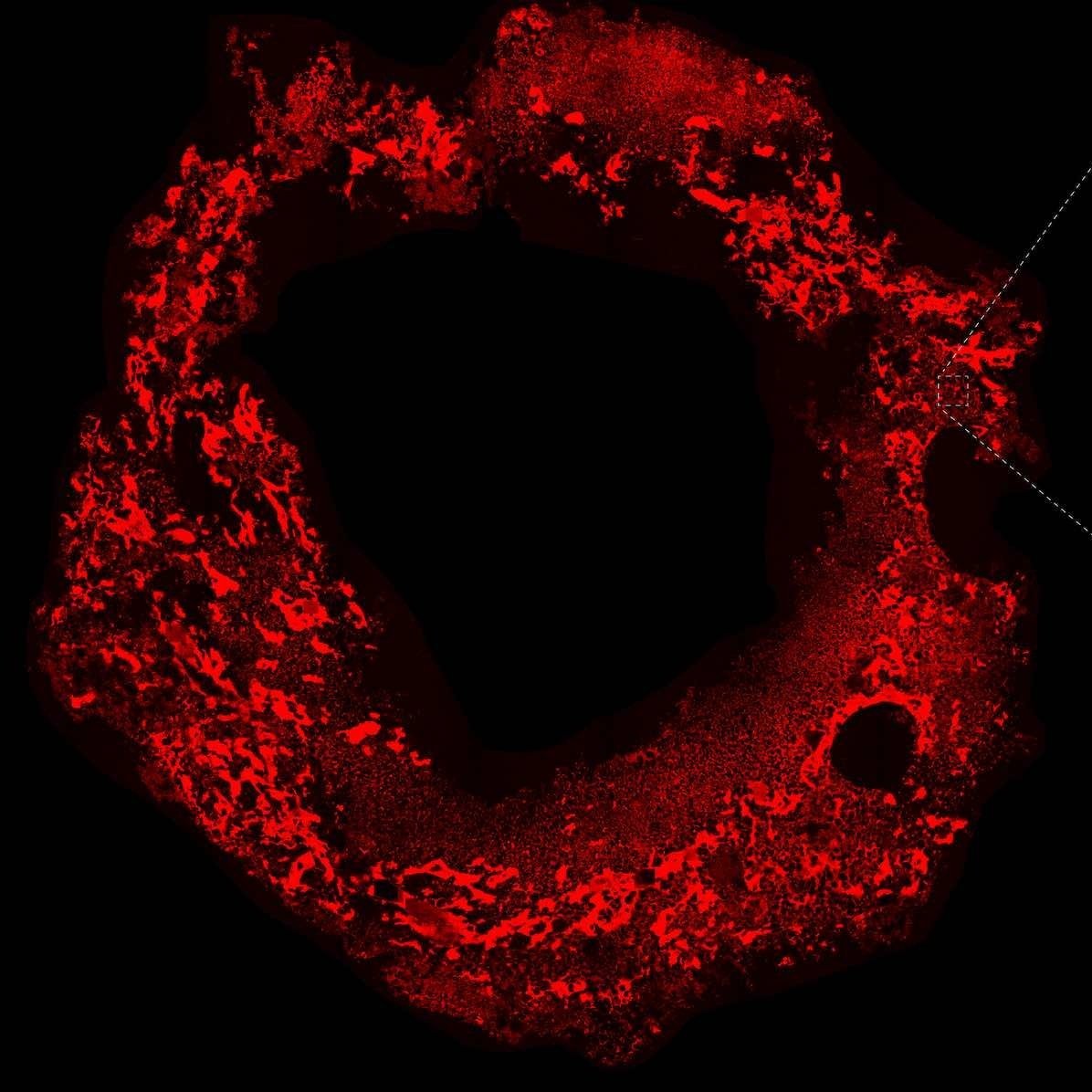Research
What we do
We engineer 3D models that mimic the dynamic and complex architecture, composition, and mechanical properties of lung tissue. These bioengineered lung models combined with human cells enable us to study lung disease and repair. Our long term goal is to bridge the gap between basic research results obtained using traditional cell culture techniques and rodent animal models and the outcomes of clinical studies. Our results will provide a foundation for development of precision medical treatments.
How we do it
We invent new biomaterials and use advanced biomanufacturing techniques like 3D printing to build scaffolds that support multiple lung cell types within microenvironments that recapitulate healthy or diseased lung tissue.
Our Projects
3D Models of Lung Health and Disease
Our lab uses biomaterials and magnetic aggregation of microsphere templates with lung cells to make 3D models for studying how cellular and extracellular inputs influence lung disease initiation, progression, and treatment with a focus on idiopathic pulmonary fibrosis.
Stem Cells for Studying Lung Disease and Repair
Human induced pluripotent stem cells (iPSCs) are a source of human cells that our lab differentiates into alveolar epithelial cells and grows within 3D biomaterial models to study lung disease and repair. Creating 3D lung models that contain human cells will improve early-stage drug discovery and validation.
Hydrogel-Embedded Precision Cut Lung Slices
In collaboration with Dr. Meredith Tennis, we have engineered ex vivo models of lung cancer by exposing hydrogel-embedded precision-cut lung slices (PCLS) to common carcinogens found in cigarette smoke. We can use these models to study new drug treatments.
Phototunable Hybrid-Hydrogel Biomaterials
The Magin Lab invents, synthesizes, and characterizes phototunable hybrid-hydrogel biomaterials that can be engineered to support 2D and 3D cell culture, include proteins and growth factors from decellularized tissues, and can dynamically mimic changes in lung mechanical properties.
Sex Differences in Pulmonary Arterial Hypertension
Our lab 3D prints realistic models of pulmonary blood vessels using biomaterials that start out with the same stiffness as healthy blood vessels and can be stiffened to replicate scarring. We use these models to study differences between female and male patients at the cellular and molecular levels in pulmonary arterial hypertension.
Help further our research
Support research and training in bio-inspired pulmonary engineering to build 3D models of lung tissue that improve our understanding and treatment of chronic lung diseases. Select the “Other” designation and type in “Bioinspired Pulmonary Engineering Support Fund” to give directly to our lab.








